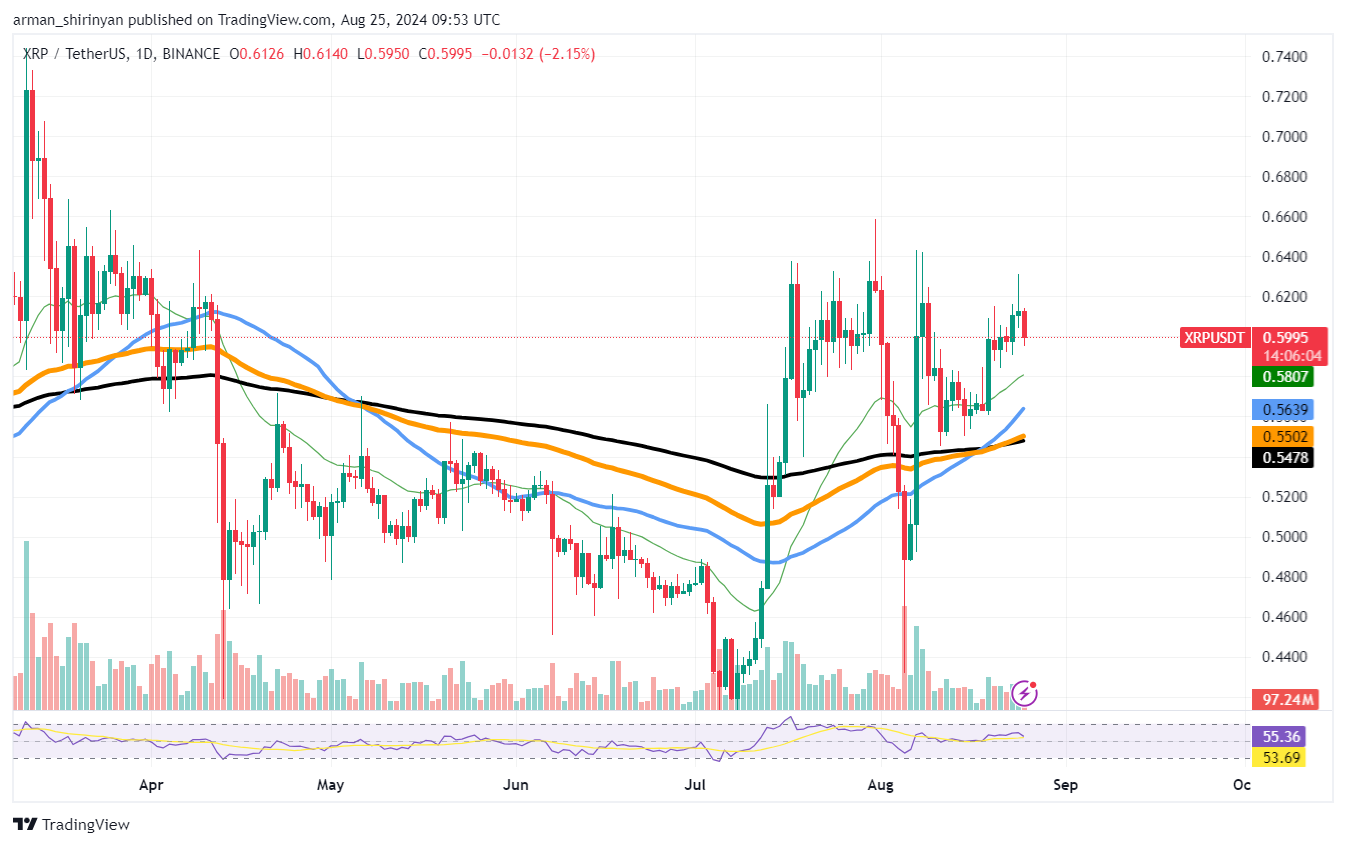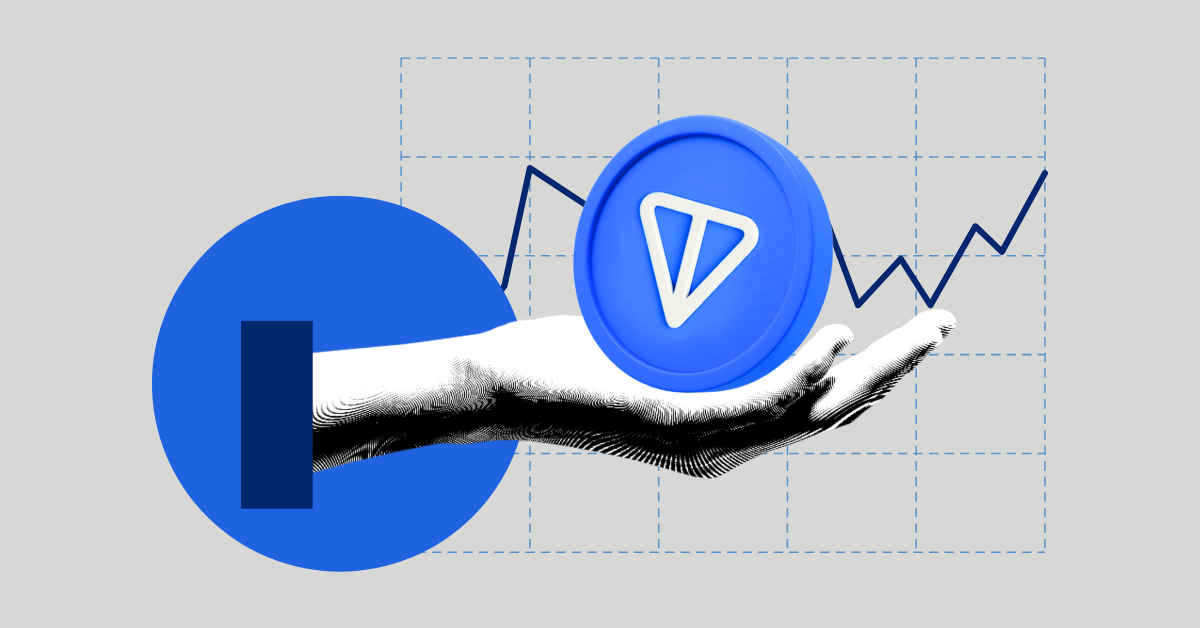Analyst Crypto Capital Venture discussed the potential for a bullish move in Bitcoin (BTC) and Cardano (ADA). The analysis suggests that Bitcoin may be setting up for an “inverse Head and Shoulders” pattern, indicating a tug-of-war between bulls and bears in the current market.
According to Crypto Capital Venture, this pattern on Bitcoin’s chart could lead to a major upward movement, potentially signaling the beginning of a new bull market phase. The analyst pointed out the importance of monitoring key resistance levels and Fibonacci retracement areas, with Bitcoin potentially targeting a breakout toward the $48,000 to $49,000 range.
On the Cardano front, the analysis delved into the macroscopic view of ADA’s chart, visualizing a possible scenario for the next bull market cycle. Drawing parallels to historical price movements, the analyst spoke about the significance of planning for various market scenarios, including potential consolidation phases and upward trends.
He pointed out that during the previous cycle, Bitcoin broke into a bull market phase around November 2020, with Bitcoin’s price surging while ADA was trading at around 15 cents. Comparing the timing of this move to the current cycle, he speculated that ADA’s price movement could align with Bitcoin’s next halving event, possibly occurring shortly after.
This suggests that ADA could reach levels around $0.60 to $0.70 as Bitcoin enters the bull market phase. Notably, ADA’s current consolidation phase, with its price around $0.50, reflects an increase from its past levels of around $0.12 during similar market phases.
Reflecting on historical price patterns, he highlighted the likelihood of ADA quickly surpassing key psychological levels, such as $0.50 and $1, indicating potential consolidation around the $1 mark but with a shorter duration compared to the previous cycle. Speculatively, this scenario could unfold around the summer of 2024.







